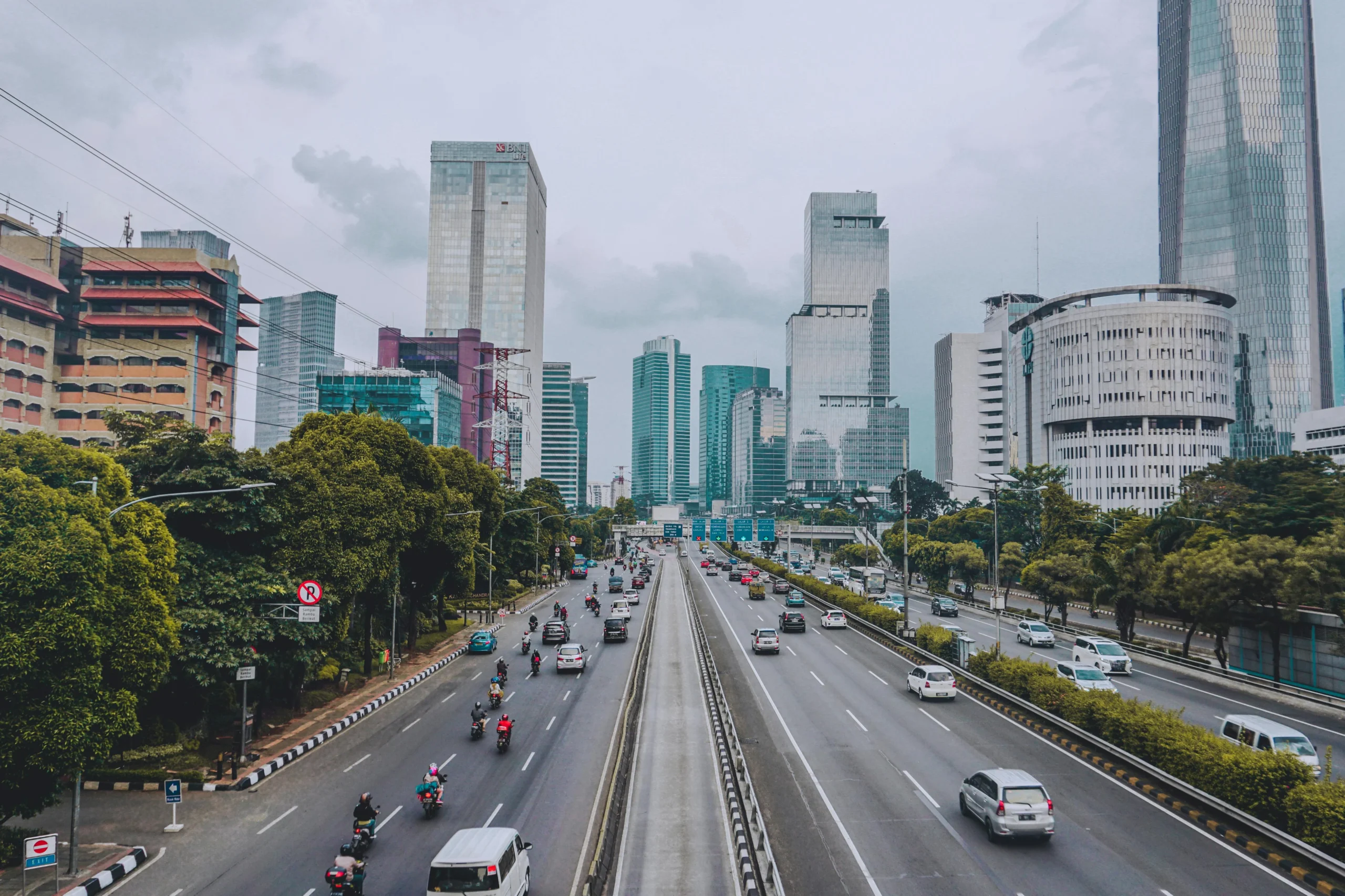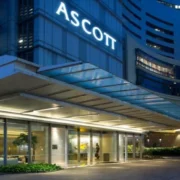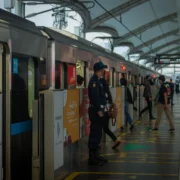
Jakarta Traffic, Causes, Solutions & Best Travel Tips for 2025
Whether you’re a resident or a visitor, understanding the dynamics of Jakarta Traffic situation is crucial for navigating the metropolis efficiently.
The problem of traffic jams in Jakarta is not new. Over the past few decades, rapid urbanization and population growth have led to an increase in vehicle density.
The city’s road network has expanded, but not at a pace fast enough to keep up with the surge in cars and motorcycles.
The implications of Jakarta Traffic congestion extend beyond inconvenience. Daily commutes can take hours, reducing productivity and increasing stress levels. Additionally, fuel consumption rises, contributing to environmental pollution.
Jakarta Traffic congestion remains a persistent challenge, affecting millions of commuters daily. While efforts to enhance the transportation system are ongoing, long-term solutions require coordinated planning, policy enforcement, and behavioral change among road users.
Table of Contents
ToggleMain Causes of Congestion in Jakarta Traffic
This article explores the key factors contributing to Jakarta Traffic issues. Jakarta, Indonesia’s bustling capital, is infamous for its traffic congestion. Many commuters spend hours stuck on the roads daily, leading to economic and productivity losses.
1. Overpopulation and High Vehicle Ownership
Jakarta’s rapid population growth has led to an increasing demand for transportation.
The city has a high rate of motorcycle and car ownership, as many residents prefer private vehicles over public transport. This overwhelming number of vehicles exacerbates congestion, especially during peak hours.
2. Poor Public Transport Utilization
Although Jakarta has improved its public transport system with services like TransJakarta, MRT, and LRT, many commuters still rely on private transportation.
Limited coverage, overcrowding, and inconsistent schedules discourage people from using public transit, leading to more vehicles on the roads.
3. Inadequate Road Infrastructure
The city’s road infrastructure struggles to accommodate the ever-increasing traffic volume. Many roads are narrow, poorly maintained, and prone to frequent bottlenecks.
Additionally, the development of toll roads has not kept pace with the rapid growth of vehicle numbers, leading to persistent congestion in key areas.
4. Economic Growth and Urbanization
As Jakarta continues to be the economic hub of Indonesia, more businesses and job opportunities attract people from surrounding areas.
This economic expansion increases daily commutes, putting further strain on the already congested roads. The lack of effective city planning also contributes to unorganized traffic flow and congestion hotspots.
5. Traffic Bottlenecks and Poor Traffic Management
Several areas in Jakarta experience chronic bottlenecks due to ineffective traffic management, frequent intersections, and poorly timed traffic signals. Additionally, illegal parking and roadside vendors further restrict road space, making traffic jams even worse.
Read here: Top Places to Visit in Jakarta: Attractions, Food, and Hidden Gems
Government Efforts and Policies to Reduce Jakarta Traffic
Jakarta, as one of the most congested cities in the world, continues to face significant traffic challenges.
- Implementation of the Odd-Even Traffic Policy, The odd-even policy Jakarta is one of the most well-known traffic regulations. This policy restricts vehicles with license plates ending in odd or even numbers from entering certain roads on specific days.
- Development of MRT and LRT Systems, To provide a sustainable and efficient alternative to private vehicles, the government has invested in the MRT & LRT development. The Mass Rapid Transit (MRT) and Light Rail Transit (LRT) systems were introduced to ease traffic congestion by offering fast and reliable transportation options.
- Expansion of Public Transport Networks, The government, through TransJakarta, has expanded its bus rapid transit (BRT) network, increasing the number of routes and improving service efficiency.
- Support for Ride-Hailing Apps, The rise of ride-hailing apps has provided commuters with convenient alternatives to driving their own cars. The government has collaborated with these services to integrate them with public transport, promoting multimodal transportation and reducing congestion.
- Car-Free Days , Car-free days are regularly implemented in key areas of Jakarta to encourage the use of bicycles, walking, and public transport. This initiative, led by the Jakarta Provincial Government, not only helps reduce emissions but also raises awareness about the importance of sustainable transportation.
Read also: 5 Public Transport in Jakarta: A Sustainable Way to Travel
Best Ways to Navigate Jakarta’s Traffic
Jakarta is notorious for its heavy traffic, making commuting a daily challenge. However, with the right strategies, you can significantly cut down your travel time and avoid unnecessary congestion.
- Travel During Off-Peak Hours, One of the most effective ways to avoid traffic is to plan your travel times wisely. The best time to travel in Jakarta is early in the morning before 6:30 AM or after 9:30 AM. Evening rush hours typically start around 4:30 PM and last until 8:00 PM. Adjusting your schedule can help you avoid long delays.
- Use Navigation Apps for Real-Time Traffic Updates, Reliable traffic updates are crucial for finding the fastest routes. Apps like Google Maps and Waze provide real-time information on congestion, accidents, and road closures. They also offer alternative routes, helping you avoid bottlenecks and reach your destination faster.
- Take Advantage of Public Transport, Jakarta has an extensive public transportation network that can be a great alternative to driving. Consider using, MRT Jakarta, TransJakarta, and KRL Commuter Line.
- Use Alternative Routes and Shortcuts, Jakarta has many lesser-known shortcuts that can help you avoid major roads prone to congestion. Exploring small streets with the help of navigation apps can significantly cut down your travel time. Locals often use back roads to bypass traffic hotspots.
Future Solutions for Jakarta Traffic
Jakarta, a bustling metropolis, faces persistent traffic congestion challenges. However, with advancements in big data, AI-driven traffic control, and sustainable transport, the city is on the path to a more efficient and seamless transportation system.
- Expansion of MRT and LRT Networks, Jakarta’s government continues to expand its Mass Rapid Transit (MRT) and Light Rail Transit (LRT) networks. The increased accessibility of these systems will encourage more commuters to opt for public transport, reducing the reliance on private vehicles.
- The Rise of Electric and Autonomous Vehicles, The shift toward electric vehicles (EVs) is gaining momentum in Jakarta, with incentives for EV adoption and an expanding charging infrastructure. Additionally, autonomous vehicles are being explored as a futuristic alternative to traditional transport, promising reduced accidents and enhanced mobility.
Jakarta Traffic can be overwhelming, but that doesn’t mean you have to experience it the hard way. Instead of dealing with congestion, confusing routes, and parking hassles, why not explore the city in comfort and ease?
Discover the Best of Jakarta with a Professional Guide
With a professional tour guide, you can sit back, relax, and enjoy the best of Jakarta without the stress of navigating its busy streets.
Ekaputra Tour offers a Jakarta Full Day Tour with an experienced guide who knows the city inside and out.
From historical landmarks to hidden gems, you’ll get insider knowledge, fascinating stories, and a smooth, hassle-free journey. No more worrying about maps or traffic, just pure exploration and enjoyment!
Why let traffic ruin your Jakarta experience? Let Ekaputra Tour take care of everything while you enjoy the city’s top attractions. Book your Jakarta Full Day Tour now and experience the capital like never before stress-free, informative, and unforgettable!

